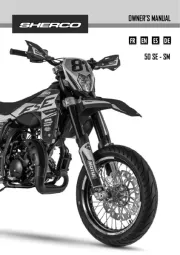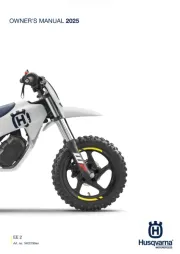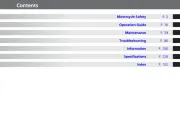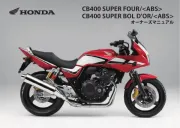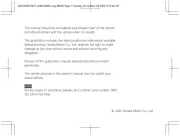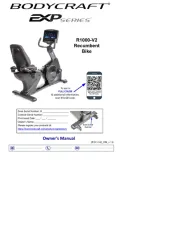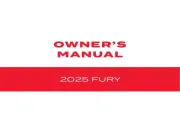Yamaha Tricker XG250 Manual
Læs gratis den danske manual til Yamaha Tricker XG250 (80 sider) i kategorien Motor. Denne vejledning er vurderet som hjælpsom af 17 personer og har en gennemsnitlig bedømmelse på 4.2 stjerner ud af 9 anmeldelser.
Har du et spørgsmål om Yamaha Tricker XG250, eller vil du spørge andre brugere om produktet?

Produkt Specifikationer
| Mærke: | Yamaha |
| Kategori: | Motor |
| Model: | Tricker XG250 |
Har du brug for hjælp?
Hvis du har brug for hjælp til Yamaha Tricker XG250 stil et spørgsmål nedenfor, og andre brugere vil svare dig
Motor Yamaha Manualer
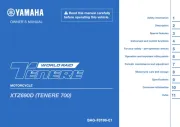
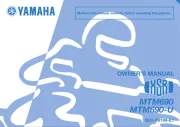


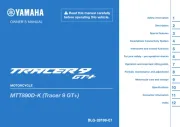
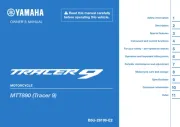




Motor Manualer
- Aprilia
- ELAC
- Emco
- Derbi
- Mahindra
- Benelli
- Suzuki
- Harley Davidson
- Cagiva
- Texas
- Moto Guzzi
- Danfoss
- Kawasaki
- KTM
- BodyCraft
Nyeste Motor Manualer
